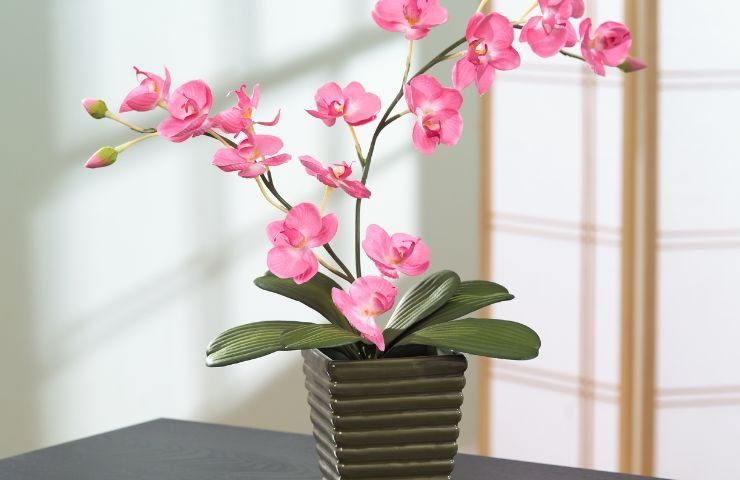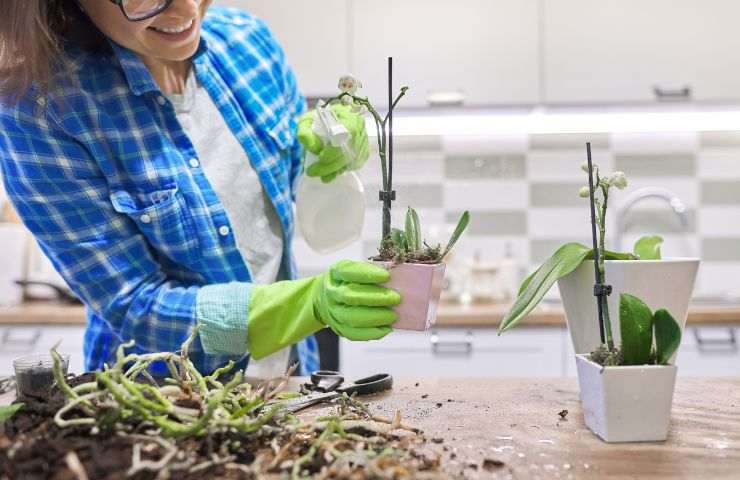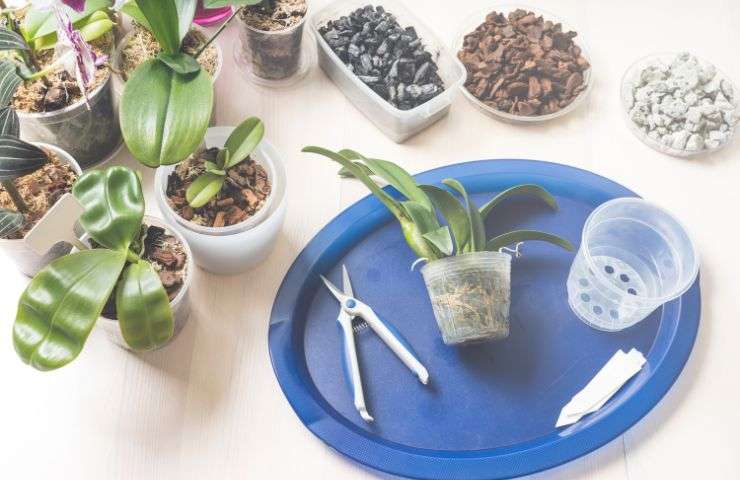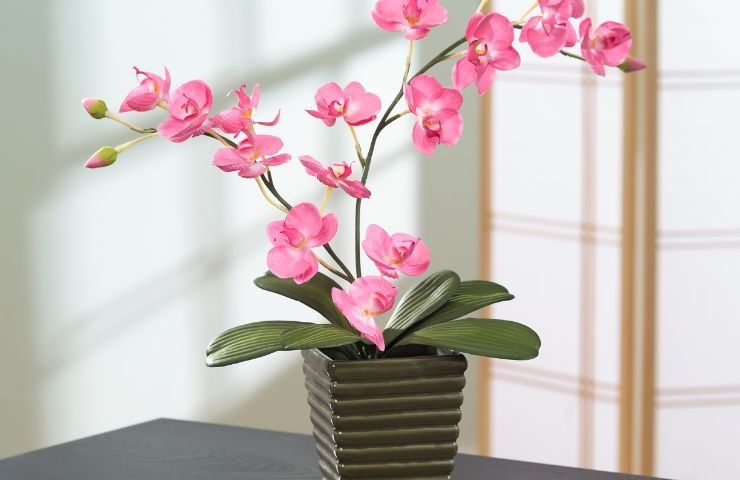If your orchid’s leaves are turning yellow, it’s a sign of trouble that requires immediate action. Orchids are beloved for their stunning flowers and vibrant colors, but maintaining their health requires proper care and attention. Here’s how to identify the cause of yellowing leaves and resolve the issue quickly.
Why Orchids Are So Popular

Orchids are among the most cherished plants due to their elegant flowers and unique shades that captivate anyone who sees them. While they are relatively easy to grow, orchids need specific care to thrive and bloom beautifully.
The condition of a plant’s leaves often reflects its overall health. If your orchid’s leaves are yellow, it’s a warning sign you can’t ignore. Addressing the issue promptly is essential to save your plant from permanent damage.
Common Causes of Yellow Leaves on Orchids
1. Lack of Light
If the leaves are pale or light green, your orchid may not be receiving enough sunlight. Without adequate light exposure, leaves lose their rich green color and may appear dull.
Solution: Move your orchid to a sunnier location where it can receive indirect light. Orchids thrive in bright but diffused sunlight.
2. Fungal or Parasitic Infection
Yellowing leaves can also indicate a fungus or parasite infestation. Orchids, like all plants, are susceptible to diseases, which often manifest as discolored leaves.
Solution: Act quickly by preparing a natural remedy to combat the infection.
Natural Remedy for Yellow Orchid Leaves

To treat fungal or parasitic issues, you’ll need:
- 1 onion
- Water
- A plastic bottle
- A pair of scissors
- A blender
Step-by-Step Instructions
- Inspect and Trim: Remove the orchid from its pot. Using clean, disinfected scissors, trim away any rotten roots and yellow leaves.
- Prepare the Remedy: Peel and chop the onion. Blend it with water until it forms a creamy mixture.
- Soak the Stem: Pour the mixture into a plastic bottle, cut off the top, and immerse the orchid stem into the solution. Leave it to soak for 24 hours.
- Repot the Orchid: After soaking, repot your orchid using fresh bark and soil.
Post-Treatment Care

Resume your usual orchid care routine, ensuring the plant receives proper light, water, and ventilation. Over time, you’ll notice your orchid recovering and regaining its vibrant beauty.
When to Use This Remedy
This method is particularly effective for severely compromised orchids where both the roots and leaves are affected. If the issue is limited to leaves, you can simply remove the yellow ones and use natural treatments to support the plant’s recovery.
Stay Connected for More Gardening Tips!
Follow us on Telegram, Instagram, and TikTok for the latest updates and plant care advice.
Key Takeaways:
- Yellow leaves: A sign of light deficiency or infection.
- Natural remedy: Onion-based solution for fungal and parasitic problems.
- Preventive care: Proper light, soil, and routine inspection keep orchids healthy.
With a little effort and the right remedy, your orchid will flourish once again, displaying its magnificent flowers for you to enjoy!



